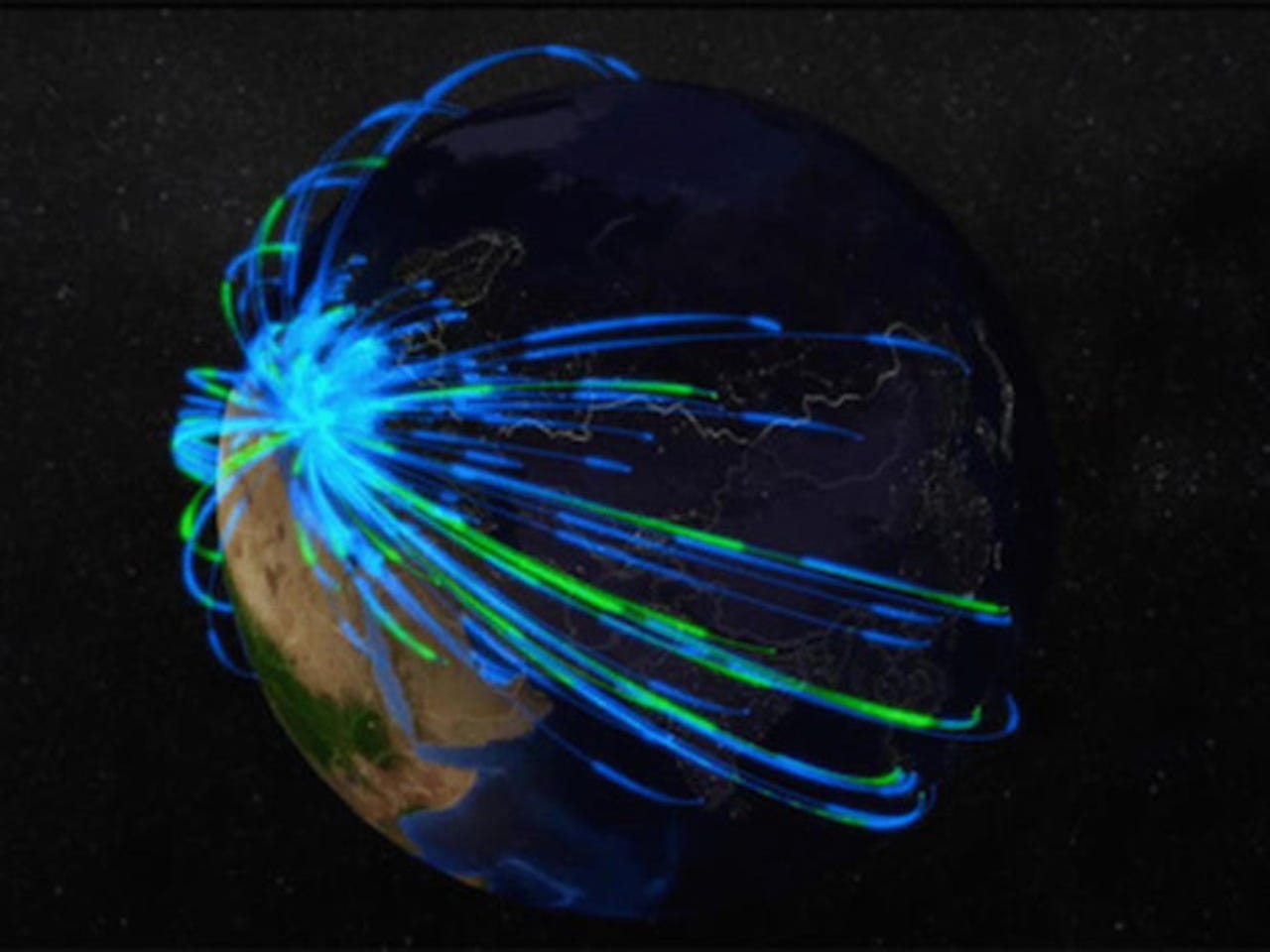2014's top three depressing network stories

I wish I could say things were just peachy on the networking side of computing and the Internet in 2014 but I can't.

That was the good news. Now for the bad, going from least bad to the worst.
3) Network neutrality is dying
Network neutrality is a simple concept: ISPs shouldn't play favorites with the content that goes over their parts of the Internet. It goes back to the Commercial Internet Exchange (CIX) in 1991. That's when the first Internet carriers agreed to share connections equally with each other. That idea became the foundation for today's Internet.
It's a dying idea.
AR + VR
ISPs like Verizon are charging content providers, such as Netflix, for access to the Internet. The courts and the FCC has been siding with Verizon, Comcast, and Time-Warner. The end result will be that we're going to end up with a tiered Internet. There will be the platinum version, with a corresponding price-tag, and then there will be the slow version that most people can afford.
At the same time, Netflix, and all the other content companies such as CBS and HBO, which are following Netflix to Internet broadcasting, will up their prices to make up for their last-mile ISP surcharges. The local monopoly ISPs will win and all the rest of us will lose.
2) Last-mile Internet speeds stagnate
4K video is here and available on the net for a few shows from Amazon and Netflix. I can watch it because I have a 100 Megabit per second (Mbps) connection and Netflix says you can watch it too if you have at least a 25Mbps hook-up. That's fine for me, but what about you?
The ISPs are insisting that 4Mbps counts as broadband. That was great in 2004, but in 2014, almost 15, I don't think so!
On the world stage, the US' average 11.4Mbps speed put it in 14th place. Even much smaller counties like Latvia and Romania have better Internet performance! Maybe 11.4Mbps doesn't sound too bad to you, but if you look closer at the numbers you can see that well-off urban areas, which already have relatively good bandwidth, are pushing up the average while their suburban and rural brothers are still stuck in the DSL doldrums.
As many city dwellers know, however, just because some neighborhoods have good Internet service doesn't mean all neighborhoods do. Internet service quality varies wildly no matter where you live or work.
Besides making it harder to enjoy House of Cards, the serious problem with insufficient bandwidth is we're all putting more of our IT eggs into the cloud basket. If, as is clearly the case, we're turning to the cloud for both storage and applications, we need all the bandwidth we can get. Whether it's Gmail, Dropbox storage, or Office 365 we depend on our Internet connections as never before for our daily business.
1) Network security is crumbling
Putting salt into the wound of pricey, not up to speed Internet, is the simple fact that the Internet's security is cracking.
We're seeing ever larger Distributed Denial of Service (DDoS) attacks almost every month. Just look at what Lizard Squad did to Xbox Live and the PlayStation Network over Christmas. Two major gaming networks were taken down by what appears to be a handful hackers.
Get used to it. We're only going to see a lot more DDoS attacks in 2015.
That's in no small part because we're discovering that a lot of basic Internet technology is showing its age, and its security holes. In 2014 alone, we saw the Domain Name System (DNS), Network Time Protocol (NTP), and OpenSSL either have major security holes revealed and/or used in attacks.
Company after company from Sony to Target have had their secrets revealed. And, although I've heard a lot of talk about improving network security, I haven't seen anything like enough action.
Taken all-in-all I see a crumbling Internet infrastructure that we expect more and more from every day. I can't imagine how people can seriously expect the Internet of Things to work on today's Internet. It simply doesn't have the bandwidth or security we're going to need in the next year, never mind supplying us with sufficient bandwidth until the decade's end.
We must bite the bullet and improve the Internet at a reasonable and fair price, and we need to do it now. If we don't, and we probably won't, we'll be talking about Internet blackouts and brownouts soon the way Californians talked about electrical blackouts and brownouts in the early 2000s. Then, maybe we'll see some real movement in improving the Internet.
I just hope it will be before we have major Internet failures that will make the ones we've seen so far, like August 2014, look like little more than a toddler pulling out an Ethernet cord.
Related Stories:
- Merry Xm#@! Lizard Squad took down Xbox and Playstation networks
- Bad, bad Internet news: Internet Systems Consortium site hacked
- Tor users 'not at risk' after failed attack by PlayStation, Xbox Live hackers
- North Korea's Internet is back up... for now
- Microsoft, Google join opposition to hotels' wi-fi blocking